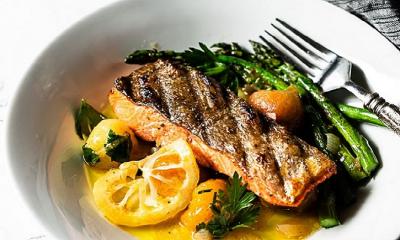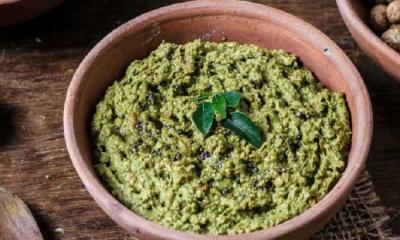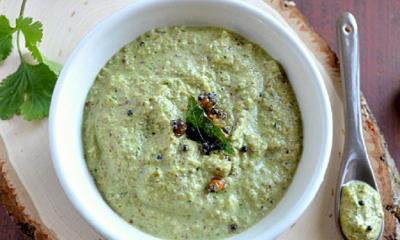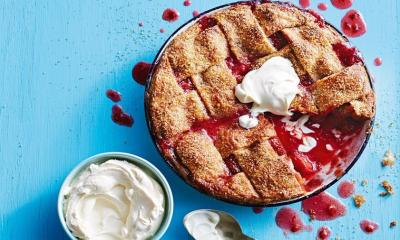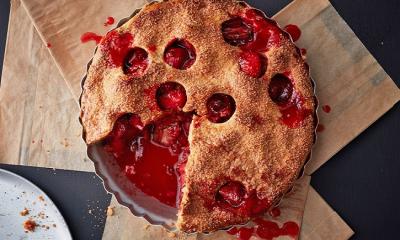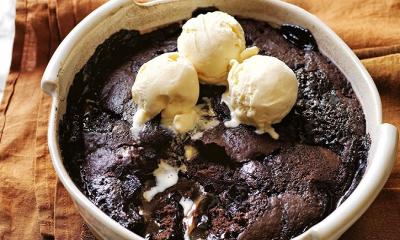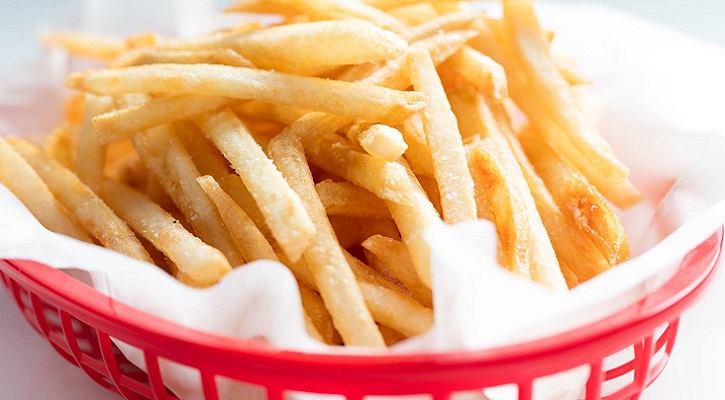
What do you think French Fries are Truly French?
- Women`s Corner
- July 20, 2022
Stefan Bohnenberger is famed for having made a cross of gold from a pair of French fries.
Titled “Pommes d’Or,” the crossed fries were displayed in a room of their own at the Munich-based art gallery Mosel and Tschechow, where, according to the artist, they were intended to demonstrate “the metamorphosis of a profane, everyday object into a sacred artwork.” Trouble arose in 2005 when it was discovered that the original plain-potato fries on which the gold cross was based an integral part of the exhibit had mysteriously vanished. Bohnenberger sued and was awarded a compensatory sum of 2,000 euros for the missing fries, possibly the most money ever spent on two strips of potato. This was a high point in the history of the French fry.
The French fry though indisputably a fry may not actually be French. Some claim that fries originated in Belgium, where villagers along the River Meuse traditionally ate fried fish. In winter, when the river froze, the fish-deprived villagers fried potatoes instead. It’s said that this dish was discovered by American soldiers in Belgium during World War I and, since the dominant language of southern Belgium is French, they dubbed the tasty potatoes “French” fries.
Read More: To Build Up a Healthy Relationship Avoid Anger
Would a Fry by Any Other Name Taste as Delicious?
Alternatively, French fries really were French, first sold by street vendors on Paris’s Pont Neuf in the 1780s. Or they may even be Spanish, since the Spaniards, after all, were the first Europeans to encounter the South American potato.
The first written mention seems to have been that of Pedro Cieza de Leon, a teenage conquistador turned historian, who in 1553 published a memoir of his experiences titled The Chronicle of the Incas, or the Seventeen-Year Travel of Pedro Cieza de Leon Throughout the Mighty Kingdom of Peru. In it, he describes the potato, one of the principal foods of the natives, as “a kind of earth nut which, after it is boiled, is as tender as cooked chestnuts.” Brought home to Spain, the Incan potatoes may very well have been served fried frying in oil was a Spanish culinary tradition though the end result wouldn’t have looked much like a French fry, since early potatoes were lumpy and no bigger than golf balls.
Thomas Jefferson possibly the first American foodie is generally credited with introducing the French fry to America, and in his case, the fries were definitely French, Jefferson encountered them while serving as American Minister to France from 1784 to 1789. Jefferson had his slave James Heming brother of the famous Sally trained as a chef during his stay in France, and about 150 recipes that he collected at the time have survived, some recorded in Jefferson’s own hand, others transcribed and passed down by his granddaughters. Among these are such current all-American favorites as vanilla ice cream, macaroni, and cheese (for which Jefferson sent to Naples for a “macaroni machine”), and fried potatoes, which Jefferson originally knew as Pommes de Terre Frites à cru en petites tranches (potatoes deep-fried while raw, in small cuttings).
Read More: In a Relationship When Possible, Avoid Arguments
You Want Fries With That?
The Jeffersonian fry recipe survives in relative Mary Randolph’s The Virginia House-Wife (1824), which indicates that the “small cuttings” weren’t shaped like the familiar fry of today but were instead either flat rounds or curlicues. (Randolph recommends cutting the potatoes “in shavings round and round, as you would peel a lemon.”)
Despite Jeffersonian backing, French fries don’t seem to have caught on with the general public until the 1870s and only became truly popular in the 1900s. According to linguist Stuart Berg Flexner, they were known formally as French fried potatoes until the late 1920s. The name was subsequently shortened, first to French fries, then French fries, and finally, in the 60s, just plain fries, as in the famous fast-food query, “You want fries with that?”
There’s no question that plain potatoes are far better for us than French fries. A medium-size potato packs a mere 150 calories or so, is fat-free, and is a great source of complex carbohydrates, a major source of the body’s energy. An equivalent serving of fries contains over 500 calories, over 30 percent of which come from fat, and over a dozen additives carefully calibrated to make fries taste yummy. This works, because we can’t seem to resist them. The average American eats 29 pounds of French fries a year that is, about 77 large-size servings of McDonald’s fries, and polls show that the French fry is the favorite vegetable of toddlers.
Read More: There Are Five Types of Relationships. Choose Yours
This article is collected from nationalgeographic.com

